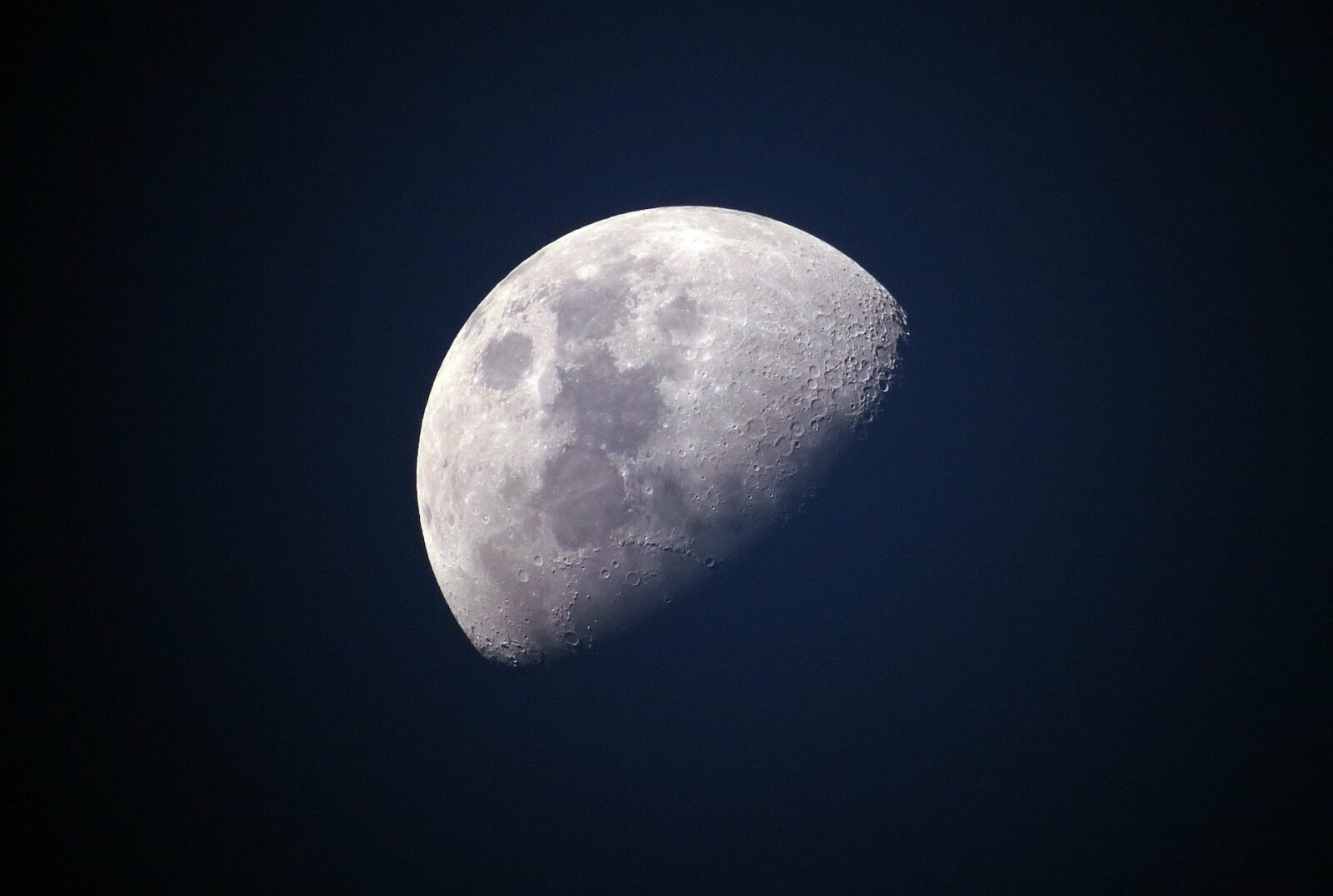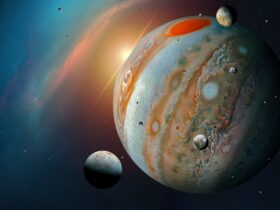Habitable planets surely are there, somewhere, waiting for us. Our common sense tells us that Earth cannot be the only one in such a vast amount of space. But until astronomers ever find those fully habitable planets, learning more about their evolution is practically mandatory.
According to a new study that Space.com writes about, the complex geologic history of our Moon could help scientists understand rocky space objects that are potentially habitable.
Data was gathered from NASA’s Lunar Reconnaissance Orbiter (LRO), from the retired NASA Lunar Prospector, as well as from the Indian Chandrayaan-1 spacecraft.
The Moon’s mantle reveals an interesting insight
Results from the new study reveal how parts of the Moon’s mantle got blasted to the surface after collisions with asteroids and comets.
Daniel Moriarty, who is the lead author of the new study papers and also a postdoctoral program fellow at NASA’s Goddard Space Flight Center in Maryland, declared as quoted on the American space agency’s website:
Understanding these [mantle] processes in more detail will have implications for important follow-up questions.
Among the possible questions addressed, they could include the following, according to Moriarty, while also cited by NASA’s website:
How does this early heating affect the distribution of water and atmospheric gases of a planet? Does water stick around, or is it all boiled away? What are the implications for early habitability and the genesis of life?
There are two main scientific theories when it comes to how did life appear on Earth. One is stating that the first amino acids, which are practically the building blocks of life, were carried to our planet by asteroids and comets. The other theory is the so-called “primordial soup”, stating that under the right natural conditions (the right temperature, the presence of liquid water, etc.), primitive forms of life can emerge. The sad and weird part is that none of the theories can fully explain how the first forms of life can lead to the creation of human beings.












Leave a Reply